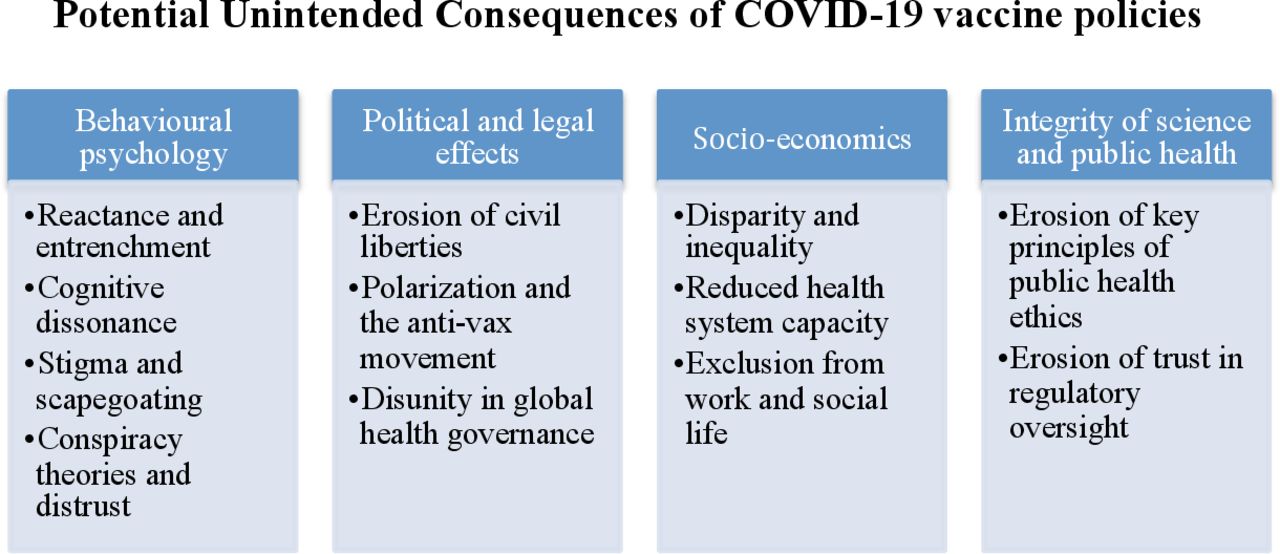
Title: Restoring Patient Confidence in Physicians: An Urgent Appeal for the Medical Community
Have you ever been struck by the willingness of a new patient who, shortly after arriving for their appointment, starts to divulge deeply personal issues—subjects they’ve kept to themselves even from their closest friends? This occurrence highlights a significant aspect of health care: the remarkable trust that patients confer upon their doctors. However, in recent times, this once steadfast connection has weakened.
The decline in public trust in physicians is not only genuine; it’s quantifiable and troubling. From the consequences of the COVID-19 pandemic to the surge of misinformation propelled by social media, patients now enter examination rooms with diminished faith in medical expertise and heightened susceptibility to politicized narratives and unverified data. It falls upon us as medical practitioners to revive the honor and confidence that once accompanied the MD title.
What Led Us to This Point?
During the pandemic, physicians faced the challenge of competing with an overwhelming wave of misinformation and contradictory health advice. The spread of unreliable information—often disguised as expert insights and amplified by political objectives—obscured public comprehension of health science. Numerous patients approached clinics armed with faulty, AI-generated information or materials from questionable sources, anticipating that doctors would validate or correct their misconceptions. For many healthcare providers, this was disheartening and demotivating.
Although artificial intelligence has the potential to democratize knowledge, it complicates the situation when it generates outdated or incorrect health information. This is particularly perilous in areas where knowledge evolves rapidly, such as medicine. Along with the rising costs of treatment and unexpected billing, these challenges have intensified public doubt regarding the healthcare system and its professionals.
So, what actions can we take?
The Path to Restoring Trust
1. Actively Counter Misinformation
To rebuild trust, physicians must serve as a primary source of reliable information for patients. Straightforward, evidence-based education should be disseminated in accessible formats—leaflets, community seminars, and trustworthy digital platforms such as patient portals or social media. When necessary, these resources should be translated into the languages of the patients we cater to. The strongest defense against misinformation is effective, proactive communication from credible sources.
2. Prioritize Transparency
Transparency stands as a fundamental aspect of trust. Physicians must engage in candid discussions about treatment choices, medication side effects, and even medical mistakes or challenges. Patients appreciate honesty, even when the details are hard to digest. Being straightforward helps establish realistic expectations and equips patients to make fully informed choices about their health care.
Cost transparency is equally crucial. The shock of an unforeseen bill or the high expense of uncovered medications can lead patients to feel uncertain about whether the system truly prioritizes their well-being. Discussing costs in advance, when feasible, can assist patients in understanding their alternatives and alleviate feelings of betrayal or confusion.
3. Enhance Patient Record Access and Communication
Providing patients with immediate access to test results, treatment updates, and medical notes through patient portals conveys that we have nothing to conceal and that collaboration is encouraged. Open notes and direct messaging foster shared decision-making and ongoing engagement. This level of transparency indicates that the doctor values the patient as an active participant in their healthcare journey.
4. Approach with Empathy
Empathy is not merely an asset—it’s essential. The average physician interrupts a patient within 18 seconds of the encounter beginning. That brief moment might seem inconsequential, but it can profoundly influence the trust a patient develops during a visit.
Comprehending a patient’s cultural, emotional, and social context enables physicians to tailor recommendations to better fit individual circumstances. Allowing patients to express themselves, showing genuine concern, and affirming their feelings are straightforward yet impactful methods to rebuild rapport.
5. Gather and Respond to Patient Feedback
One often overlooked technique is the regular acquisition and application of anonymous patient feedback. Structured surveys and patient comment stations provide individuals the opportunity to convey their experiences—whether favorable or unfavorable—without fear of repercussions. However, gathering feedback is merely the first step; practices must also act on this information, informing patients of changes implemented in response. This reinforces the notion that physician practices are not just providing care, but are continually seeking improvement.
6. Stay Updated and Demonstrate Skill
Patients regard the MD title as shorthand for proficiency, experience, and current medical knowledge. Physicians must meet this standard by dedicating themselves to continuous learning, embracing ongoing professional development, and staying current with the latest studies.
Exemplify this commitment by demystifying complex medical concepts in terms that patients can grasp, suggesting second opinions when necessary, and being willing to acknowledge, “I don’t know, but I’ll look into it.” These acts express humility and confidence—core components of patient trust.
Reestablishing the Significance of “MD”
Patients are prepared to place their trust in physicians with their health. That privilege must be earned repeatedly in every encounter. It’s not merely about reclaiming the elevated status once held by doctors; it’s about fostering relationships based on mutual respect, clarity, and compassion.
The post-pandemic healthcare landscape offers a chance to